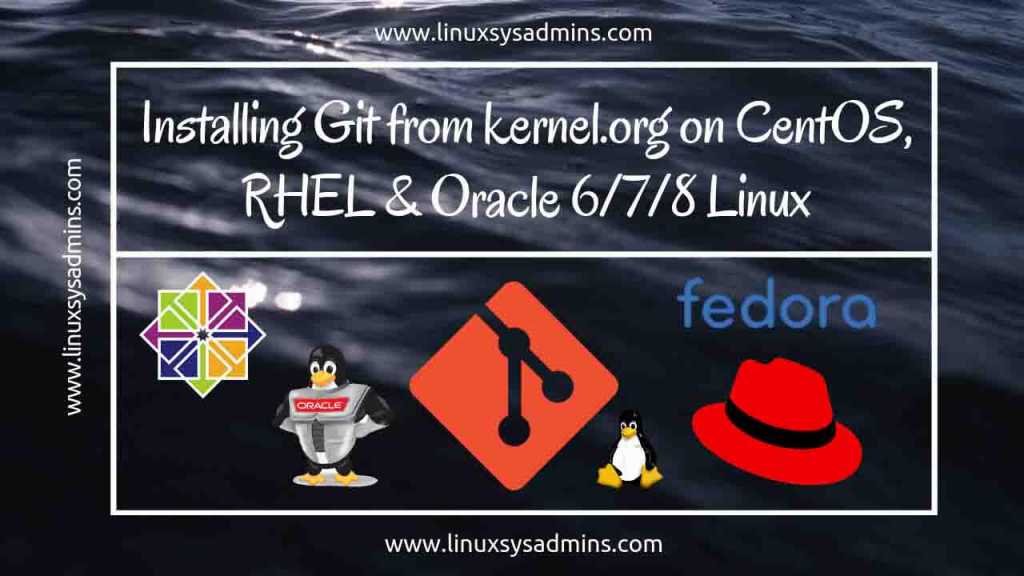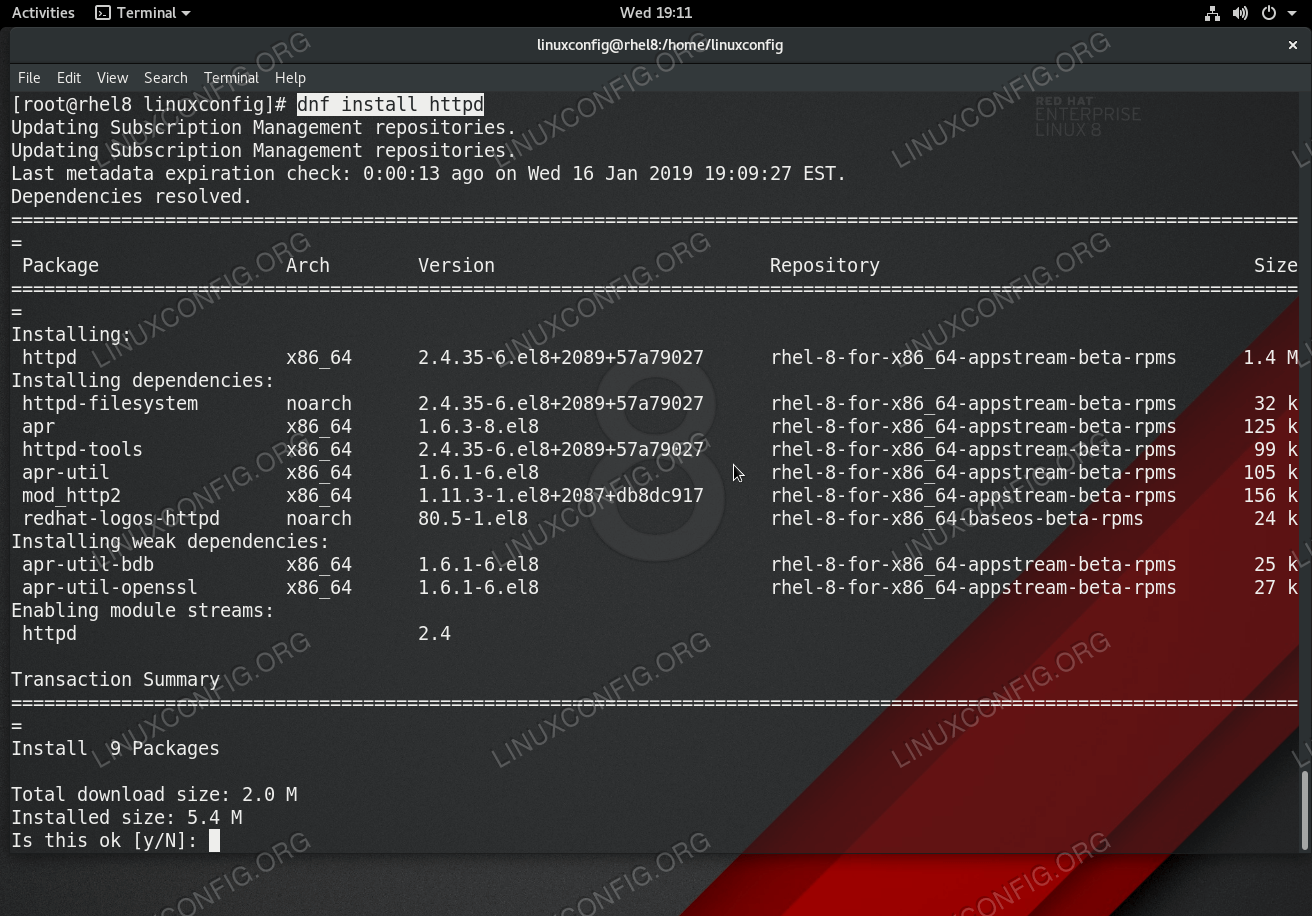

Static IP address and if you are going to have access from the internet do the NAT (Network Address Translation) towards a public IP.If possible synchronize the server clock, NTP (Network Time Protocol).Install the latest available operating system packages.Establish a backup and recovery strategy.If the server is within a VLAN for development use only, configure QoS (Quality of Service) on the Switch for this server.Open only the necessary firewall ports on the server, 9418 (git://).


Use SSD (solid-state drive), if your repository is going to generate a lot of activity.Have a RAID redundancy on the disks if it is for production.Estimate as far as possible the space to be used and the growth of space use (dimensioning & capacity planning).Have root user access: to install packages, create users, create groups, create directories, etc.Once we have the server available, we start: Initial considerationsįor an efficient installation of git we must take into account: For a reference on how to install CentOS 8, please review our article Installation of CentOS 8. The installation and configuration of git is very simple, but it is necessary that the reader has basic knowledge in Linux. For more information on this distributed version control system (that is free and open source), you can visit its web site. now we are going to install the popular software Git on CentOS 8. When we are developing or when we handle large amounts of documents and we need to save the editions of those documents or source code, we use a versioning repository, we had already made a Installation of SVN in CentOS 7.


 0 kommentar(er)
0 kommentar(er)
